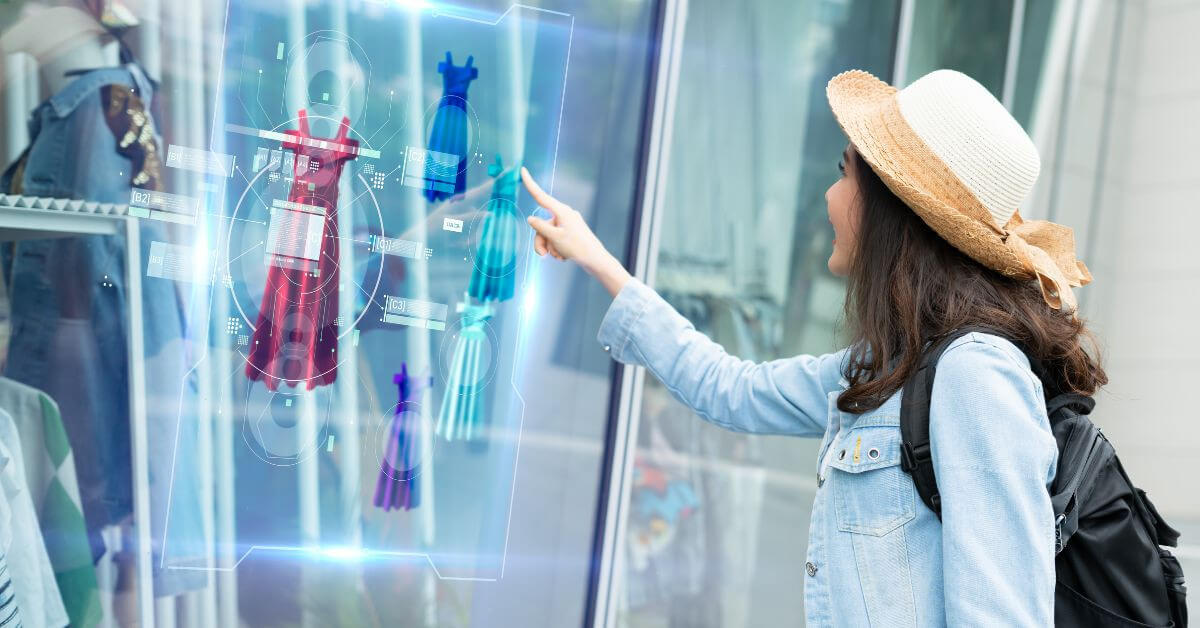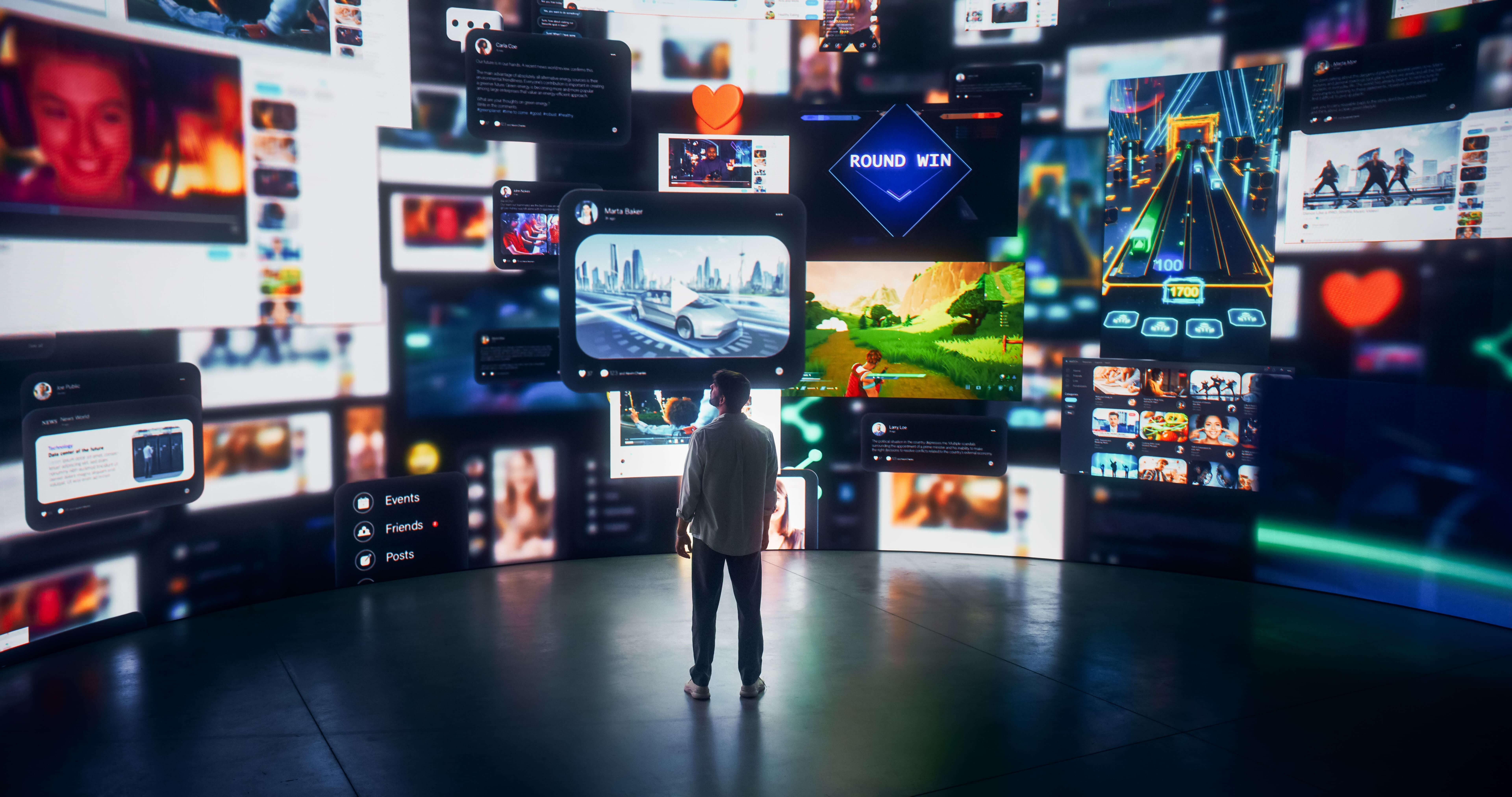In the competitive retail landscape, augmented reality (AR) has emerged as a transformative technology for enhancing customer experiences. By merging digital information with the physical world, AR offers retailers unique opportunities to engage customers in innovative and meaningful ways. As retailers continuously seek to differentiate themselves and drive customer engagement, integrating AR technology into the shopping experience can provide a significant competitive edge. This blog post explores how AR is being utilized in retail to create memorable and effective customer interactions.
Personalizing the Shopping Experience
Virtual Try-Ons
One of the most popular applications of AR in retail is the virtual try-on feature. This allows customers to see how clothes, accessories, or even makeup will look on them without physically trying them on. By using AR mirrors or mobile apps, customers can quickly switch between options, making the shopping experience faster, more engaging, and often more satisfying. Retail giants like Sephora and IKEA have successfully implemented these technologies, leading to enhanced customer satisfaction and increased sales.
Product Visualization
AR also enables customers to visualize products in their own space before making a purchase. For example, using AR, customers can see how a piece of furniture would fit and look in their living room, which helps in making an informed purchasing decision. This technology not only minimizes the likelihood of product returns but also boosts consumer confidence in their purchase decisions.
Improving In-Store Experiences
Interactive Store Displays
Retail stores are using AR to turn static displays into interactive experiences. By pointing a smartphone at a display, customers can get additional information about products, watch related videos, or see how products can be used or combined with other items. This not only enriches the shopping experience but also provides retailers with a platform to cross-sell and up-sell effectively.
Navigation and Information
In larger stores, AR can help customers navigate through aisles and find products more efficiently. Apps can direct customers right to the items they need, while also highlighting promotions or providing additional product information when pointed at a product. This use of AR can enhance the customer experience by making shopping more convenient and less time-consuming.
Enhancing Online Shopping
AR-Powered E-commerce
For online retailers, AR can bridge the gap between the convenience of online shopping and the assurance of brick-and-mortar stores. AR features on e-commerce platforms can allow customers to try products at home virtually. For instance, an AR app could show how a new watch might look on the customer’s wrist or how a set of curtains would complement their existing room decor.
Building Customer Engagement and Loyalty
Gamified Shopping Experiences
Retailers can use AR to create gamified shopping experiences that incentivize customer engagement. For example, customers can participate in virtual treasure hunts within the store to unlock special offers or discounts. Such interactive experiences not only make shopping fun but also encourage repeat visits and enhance customer loyalty.
Conclusion
AR for retail is not just about the novelty of new technology; it's about fundamentally enhancing the way customers interact with products and brands. As AR technology continues to evolve and become more accessible, its integration into retail environments is set to deepen. For retailers, this means an excellent opportunity to enhance customer experiences, improve satisfaction, and ultimately, drive sales and growth. By adopting AR, retailers can create a more dynamic shopping environment that meets the expectations of today's tech-savvy consumers.




